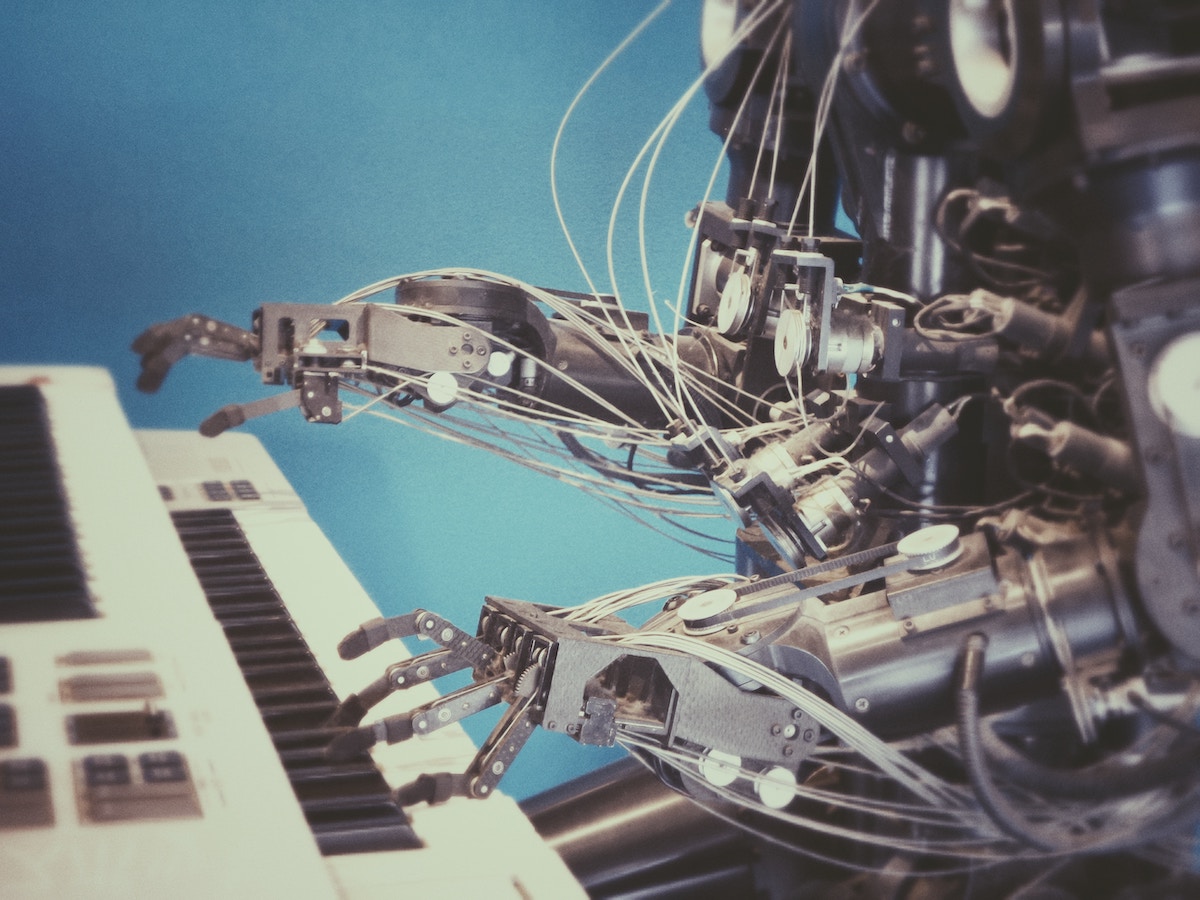By Hernan Senki, Front-End Developer at Santex
Over the past few days, I have been busy visiting the Egyptian pyramids, exploring the depths of the oceans, jumping out of parachutes, shooting rockets into space, and driving in car races. I’ve been immersed in all these experiences and more, all without leaving my desk, thanks to the Samsung Gear VR powered by Oculus virtual reality headset that Santex had an opportunity to try out.
 Even though research for virtual reality (VR) has been going on since the 1990s, it has only been in recent years that the mass production of devices has allowed us to experience VR in our households. Companies like Oculus (recently acquired by Facebook), HTC, Sony, and other tech giants are investing large amounts of resources, financial and otherwise, into VR development because it is, undoubtedly, “the wave of the future.”
Even though research for virtual reality (VR) has been going on since the 1990s, it has only been in recent years that the mass production of devices has allowed us to experience VR in our households. Companies like Oculus (recently acquired by Facebook), HTC, Sony, and other tech giants are investing large amounts of resources, financial and otherwise, into VR development because it is, undoubtedly, “the wave of the future.”
After updating the operating system on the Galaxy S7, I put it in the Gear VR, put on my headphones, and was ready to give it a try. I was expecting something like an alpha version experience with lots of errors, but what I got was rather surprising. From Oculus Home, I chose to visit the Egyptian pyramids. Later, I went by the Sydney Opera House. From my experience, these videos, images, and experiences felt one hundred percent real. There’s even sound involved that allows you to travel and truly immerse yourself in the experience without leaving your seat.
 Tired from traveling, I thought I’d give launching a rocket a try. In contrast to the earlier experiences, this was neither video nor photo, but rather a very realistic animation which gave the sensation of being immersed in a video game, without the interaction aspect. After sitting behind the controls of the rocket, I then transitioned to being stuck in a bed which appeared to be in a child’s bedroom. The room was dark, illuminated only by lightning bolts entering through the window, creating a terrifying setting where everything was transformed into a nightmare-like experience that I couldn’t escape. The surprises around every turn were shocking and enough to make one jump or scream! I would not recommend this particular experience to users with cardiac problems or those who are scared easily.
Tired from traveling, I thought I’d give launching a rocket a try. In contrast to the earlier experiences, this was neither video nor photo, but rather a very realistic animation which gave the sensation of being immersed in a video game, without the interaction aspect. After sitting behind the controls of the rocket, I then transitioned to being stuck in a bed which appeared to be in a child’s bedroom. The room was dark, illuminated only by lightning bolts entering through the window, creating a terrifying setting where everything was transformed into a nightmare-like experience that I couldn’t escape. The surprises around every turn were shocking and enough to make one jump or scream! I would not recommend this particular experience to users with cardiac problems or those who are scared easily.
One of the most highly anticipated experiences for the average user is the virtual reality video games, which, unfortunately, I didn’t get to try because it requires an Oculus control that doesn’t come with the Gear VR package. This device allows you to move around, shoot, point, and have greater interaction with the stories. I was always skeptical of these VR video games, thinking that nothing is more comfortable than a traditional joystick and a comfy couch, but after trying these other VR experiences, I could probably be persuaded to give it a shot. I would like to try something like Battlefield or Call of Duty and feel fully immersed in the game.
Other Uses
Virtual reality isn’t just fun and games. It can also be applied to different industries like:
Education: It’s a valuable instructional tool. Imagine if, instead of reading about places and looking through photos, you could be transported to those places and actually feel surrounded by them. Those are the advances that VR is making possible.
Training: VR is currently being used to train a variety of professionals, including doctors, automobile drivers, pilots, soldiers and troops, and more. The application of VR in these fields allows trainees to gain valuable hours of practice time while reducing physical risks and costs.
Health: The medical field has not only been using VR to train doctors and surgeons by simulating the operating room, but also to train psychologists and psychiatrists who have reported success in treating phobia cases in their patients, such as fear of heights, social phobias, and more.
What Can Be Expected
Virtual Reality is the future, and that future is getting closer and closer. What we are currently witnessing are the first steps. There’s still a lot of room for improvement in both the hardware and software. The applications for VR are currently rather limited in amount and variety, creating an important space for software development companies and audiovisual content generators to work. Without a doubt, the entertainment industry will soon be the tipping point for VR and 360. Soon people won’t be buying from the web, we’ll be going places virtually to select the products we want. E-commerce will become VR-commerce, and it will be the same with concerts, conventions, gatherings, trainings, and more.
It’s a technology that shouldn’t be ignored. It will allow us to travel wherever we want and to live unique experiences that weren’t ever possible without VR. We can interact with family and friends as if they were right in front of us, all in 360º.
Describing what VR is and how it feels is difficult because everyone thinks and reacts differently. The best I can do is to recommend trying the experience and arriving at your own conclusions.





